Home>Construction & Tools>Building Materials>How To Match Stucco Color
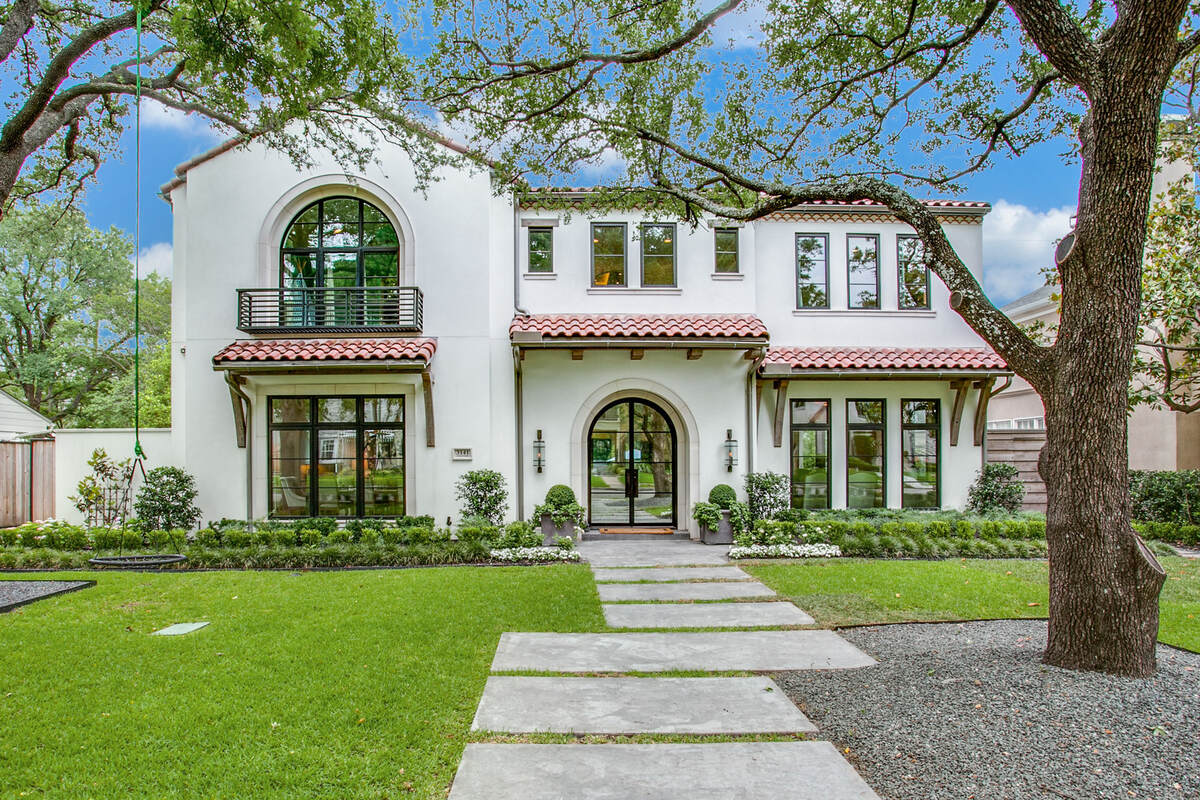

Building Materials
How To Match Stucco Color
Modified: May 6, 2024
Learn how to match stucco color with the right building materials. Discover expert tips for achieving a seamless finish.
(Many of the links in this article redirect to a specific reviewed product. Your purchase of these products through affiliate links helps to generate commission for Storables.com, at no extra cost. Learn more)
Introduction
Welcome to the world of stucco, where the exterior of your home can be transformed into a work of art with the right color. Stucco, a durable and versatile material, has been used for centuries to beautify and protect buildings. The color of stucco plays a significant role in the overall aesthetic appeal of a structure, making it essential to understand how to effectively match stucco color.
Whether you’re renovating, repairing, or simply looking to refresh the appearance of your home, finding the perfect stucco color match is a crucial step. This article will guide you through the process, providing valuable insights and practical tips to ensure a seamless and visually pleasing result.
Key Takeaways:
- Matching stucco color involves considering architectural style, neighborhood aesthetics, lighting conditions, climate, and personal preference. It’s a blend of art and science to create a visually appealing and durable exterior.
- Testing stucco color involves applying samples, comparative analysis, seeking feedback, and simulating weathering. It’s a meticulous process to ensure the chosen color enhances the building’s visual allure and withstands environmental challenges.
Read more: What Floor Color Will Match Oak Cabinets
Understanding Stucco Color
Stucco color is a vital component of a building’s exterior design, contributing to its overall curb appeal and architectural harmony. Before delving into the intricacies of matching stucco color, it’s important to comprehend the fundamental aspects of stucco and its coloration.
Stucco, a mixture of cement, sand, and water, is a porous material that readily absorbs and retains color. The pigmentation of stucco is achieved through the addition of integral colorants, which are mixed into the stucco during the manufacturing process. These colorants come in a wide range of hues, allowing for diverse and customized color options to suit different architectural styles and design preferences.
Furthermore, the texture of stucco can influence the perception of its color. The interplay of light and shadow on the textured surface can create nuanced variations in color, adding depth and visual interest to the facade of a building. Understanding how stucco texture interacts with color is essential for achieving the desired aesthetic outcome.
Another crucial factor to consider is the impact of environmental elements on stucco color. Over time, exposure to sunlight, moisture, and pollutants can cause the original color of stucco to fade or discolor. This natural weathering process underscores the importance of selecting a stucco color that not only complements the architectural style but also withstands the test of time.
By gaining a comprehensive understanding of stucco color and its characteristics, you’ll be better equipped to navigate the process of matching stucco color effectively and harmoniously.
Factors to Consider
Matching stucco color involves a thoughtful consideration of various factors to ensure a successful and visually appealing outcome. From architectural coherence to environmental influences, the following elements play a pivotal role in the process of selecting and matching stucco color:
- Architectural Style: The architectural style of a building serves as a guiding principle for choosing an appropriate stucco color. Whether it’s a Mediterranean villa, a Spanish hacienda, or a modernist structure, the stucco color should harmonize with the architectural design to create a cohesive and aesthetically pleasing facade.
- Neighborhood Aesthetics: Considering the surrounding neighborhood and its predominant color schemes is essential for maintaining visual harmony. While stucco color can be distinctive, it should also complement the overall aesthetic of the neighborhood to avoid visual discordance.
- Lighting Conditions: The orientation of the building and the prevailing lighting conditions must be taken into account when selecting a stucco color. The interplay of natural and artificial light can significantly influence the perceived color of stucco, making it imperative to assess the building’s exposure to light throughout the day.
- Climate and Weathering: The climate and environmental factors in the building’s location can impact the longevity and vibrancy of stucco color. From intense sunlight to heavy rainfall, understanding the local climate is crucial for choosing a stucco color that can withstand the rigors of weathering and maintain its visual appeal over time.
- Complementary Features: Considering the color of other exterior elements such as roofing, trim, and accents is essential for achieving a cohesive and balanced aesthetic. The stucco color should complement these features to create a unified and visually captivating exterior.
- Personal Preference: While adhering to architectural and environmental considerations, personal preference also plays a significant role. Understanding your own color preferences and the emotional impact of different hues can guide the selection of a stucco color that resonates with your aesthetic sensibilities.
By carefully evaluating these factors, you can make informed decisions when matching stucco color, ensuring that the chosen hue not only enhances the beauty of the building but also aligns with its architectural context and environmental dynamics.
When matching stucco color, always start by obtaining a sample of the existing stucco to ensure an accurate match. Use natural lighting to compare colors and consider the age and weathering of the existing stucco for a better match.
Matching Stucco Color
Matching stucco color requires a systematic approach that combines visual assessment, color selection, and material expertise. Whether you’re aiming to replicate an existing stucco color or seeking a new hue to refresh your home’s exterior, the following steps can guide you through the process:
- Visual Evaluation: Begin by visually assessing the existing stucco color or the desired color scheme for your building. Take into account the texture and nuances of the stucco surface, as well as its interaction with natural and artificial light. This evaluation will provide a foundation for selecting a compatible stucco color match.
- Color Samples: Obtain stucco color samples from reputable manufacturers or suppliers. These samples, available in various hues and finishes, can be compared against the existing stucco or other exterior elements to gauge their compatibility and visual impact.
- Material Compatibility: Consider the type of stucco material and its compatibility with the chosen colorant. Whether it’s traditional cement-based stucco or a synthetic variant, ensuring that the colorant is suitable for the specific stucco material is essential for achieving a durable and long-lasting color match.
- Custom Color Mixing: In some cases, custom color mixing may be necessary to achieve the desired stucco color match. Working with experienced stucco professionals or color specialists can help in creating a custom color blend that aligns with your vision and complements the architectural character of the building.
- Consultation and Expertise: Seeking guidance from stucco contractors, color consultants, or architectural experts can provide valuable insights into the color matching process. Their expertise can help navigate technical considerations, such as pigment concentration and application methods, to achieve an accurate and visually pleasing stucco color match.
By following these steps and leveraging the expertise of industry professionals, you can effectively match stucco color with precision and confidence, ensuring that the exterior of your building exudes timeless elegance and aesthetic coherence.
Testing the Color Match
Before committing to a stucco color match for your building’s exterior, it’s essential to conduct thorough testing to evaluate the visual impact and compatibility of the selected color. Testing the color match involves practical assessments and visual examinations to ensure that the chosen stucco color aligns with your aesthetic vision and complements the architectural context.
The following approaches can be employed to test the stucco color match effectively:
- Sample Application: Apply the selected stucco color samples on a discreet section of the building’s exterior. By observing the samples in different lighting conditions and at various times of the day, you can assess how the color interacts with the building’s architectural features and surrounding environment.
- Comparative Analysis: Compare the applied color samples with the existing stucco and other exterior elements such as trim, roofing, and landscaping features. This comparative analysis provides insights into the harmony and visual coherence of the selected stucco color within the broader context of the building’s exterior design.
- Consultation and Feedback: Seek feedback from stucco professionals, color specialists, or trusted associates to gather diverse perspectives on the tested color match. Their input can offer valuable insights and considerations that may influence the final decision regarding the stucco color selection.
- Weathering Simulation: Consider the long-term effects of weathering by simulating environmental conditions that the stucco will be exposed to. This can involve assessing how the color samples withstand sunlight, moisture, and other environmental factors to gauge their resilience and color retention over time.
By rigorously testing the stucco color match through practical applications and visual assessments, you can make informed decisions that align with your aesthetic preferences and the architectural integrity of the building. This meticulous approach ensures that the selected stucco color enhances the visual allure of the exterior while withstanding the challenges of weathering and environmental exposure.
Read more: What Pillow Color Will Match A White Couch
Conclusion
Matching stucco color is a multifaceted process that intertwines artistic vision, technical expertise, and environmental considerations. By understanding the nuances of stucco coloration and evaluating key factors such as architectural style, lighting conditions, and material compatibility, you can embark on a journey to transform your building’s exterior with a harmonious and enduring stucco color.
Throughout this exploration, the significance of visual assessment, material expertise, and practical testing has emerged as essential elements in the quest for an impeccable stucco color match. From selecting color samples to conducting comparative analyses and weathering simulations, each step contributes to the meticulous evaluation and refinement of the chosen stucco color, ensuring that it resonates with your aesthetic sensibilities and aligns with the architectural character of the building.
As you venture into the realm of stucco color matching, remember that consultation with industry professionals and the integration of diverse perspectives can enrich the decision-making process. Whether it’s seeking guidance from stucco contractors, collaborating with color specialists, or gathering feedback from trusted sources, the collective wisdom and expertise of others can illuminate new possibilities and refine your approach to achieving the perfect stucco color match.
Ultimately, the pursuit of matching stucco color transcends mere visual enhancement; it embodies the fusion of artistry, craftsmanship, and environmental resilience. By embracing this holistic perspective and embracing the iterative nature of color testing and refinement, you can infuse your building’s exterior with a stucco color that stands as a testament to enduring elegance and architectural harmony.
May your journey in matching stucco color be guided by creativity, informed decisions, and a profound appreciation for the transformative power of color in the realm of architectural design.
Now that you've mastered matching stucco colors, why not tackle more home improvement tasks yourself? Our guide on DIY home projects is perfect for those ready to roll up their sleeves and transform their living spaces. From simple repairs to creative renovations, you'll find practical advice to help you confidently handle various projects around your house. Get inspired and start making your home uniquely yours today!
Frequently Asked Questions about How To Match Stucco Color
Was this page helpful?
At Storables.com, we guarantee accurate and reliable information. Our content, validated by Expert Board Contributors, is crafted following stringent Editorial Policies. We're committed to providing you with well-researched, expert-backed insights for all your informational needs.
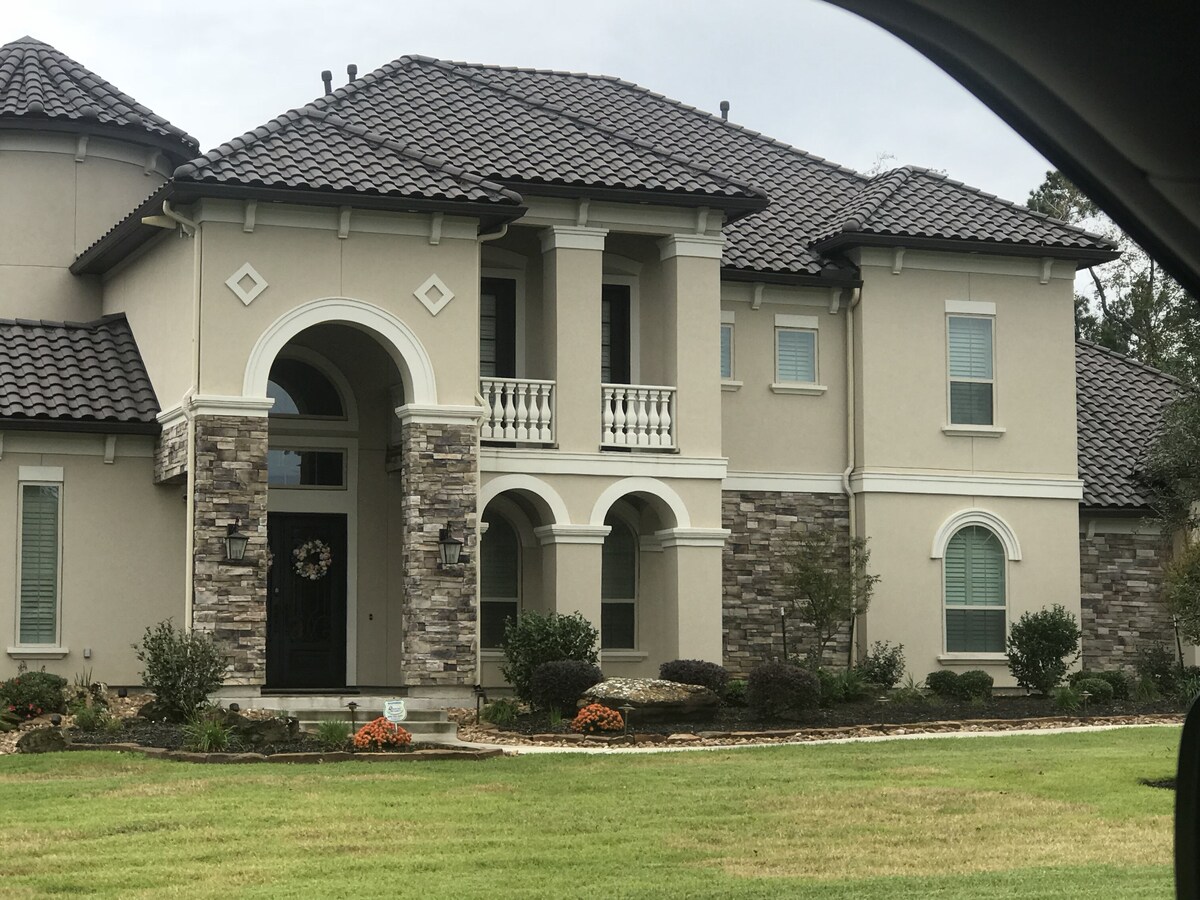
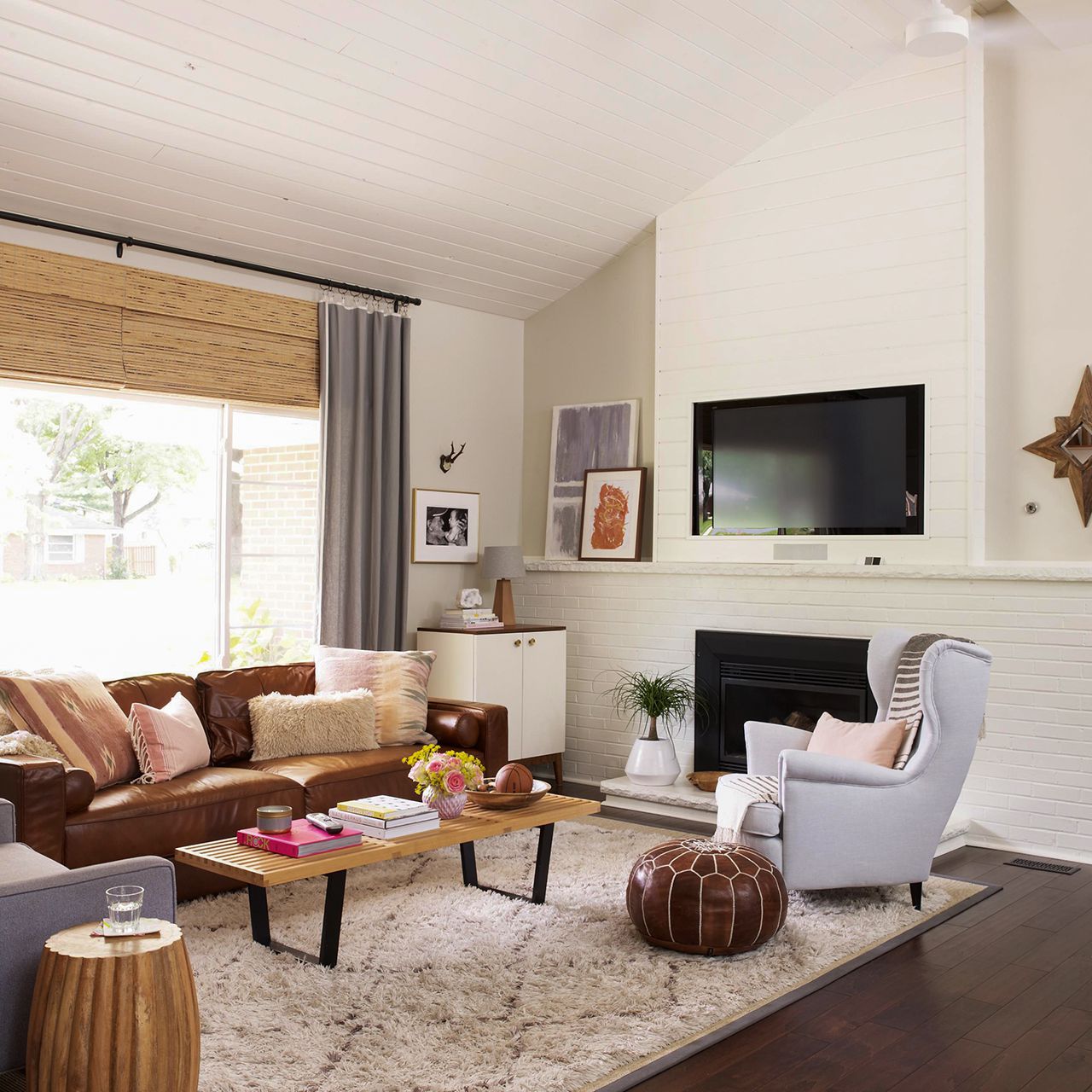
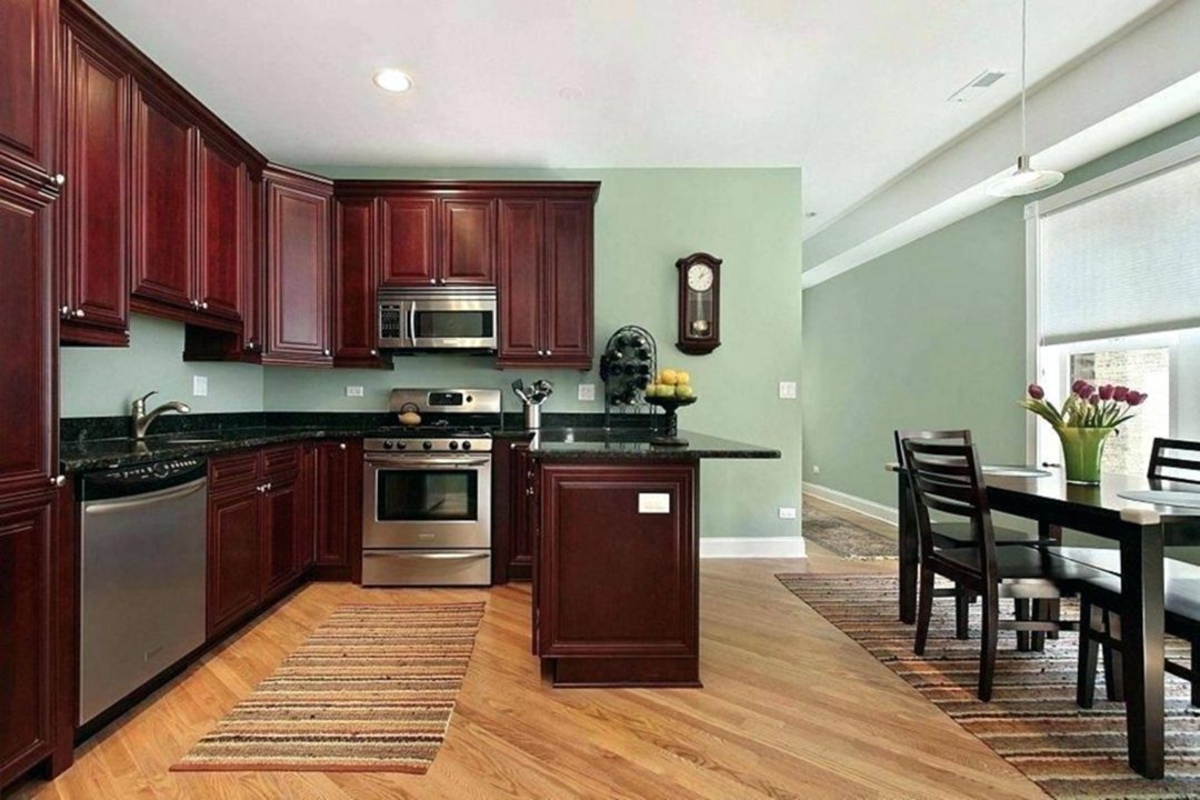
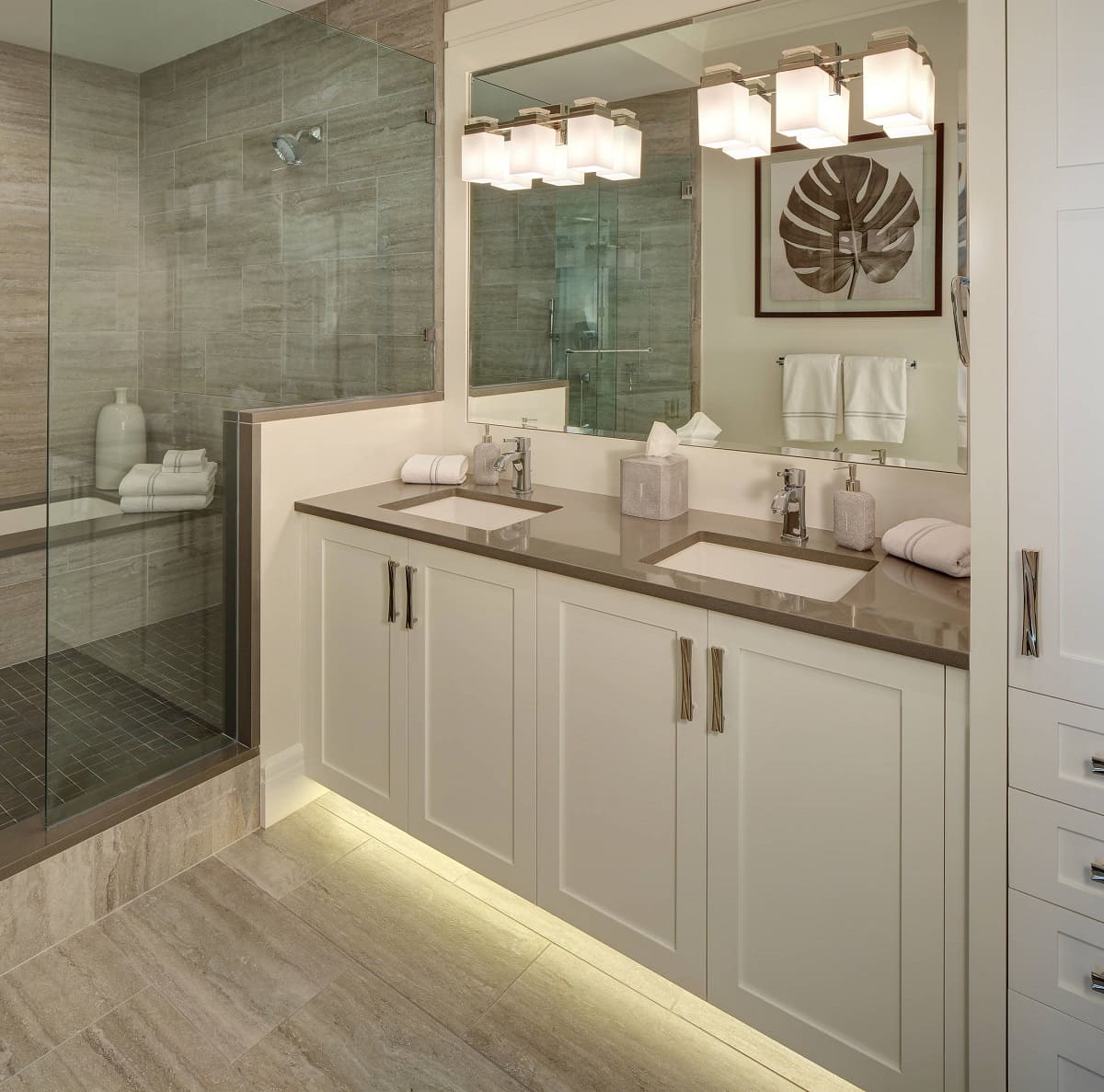
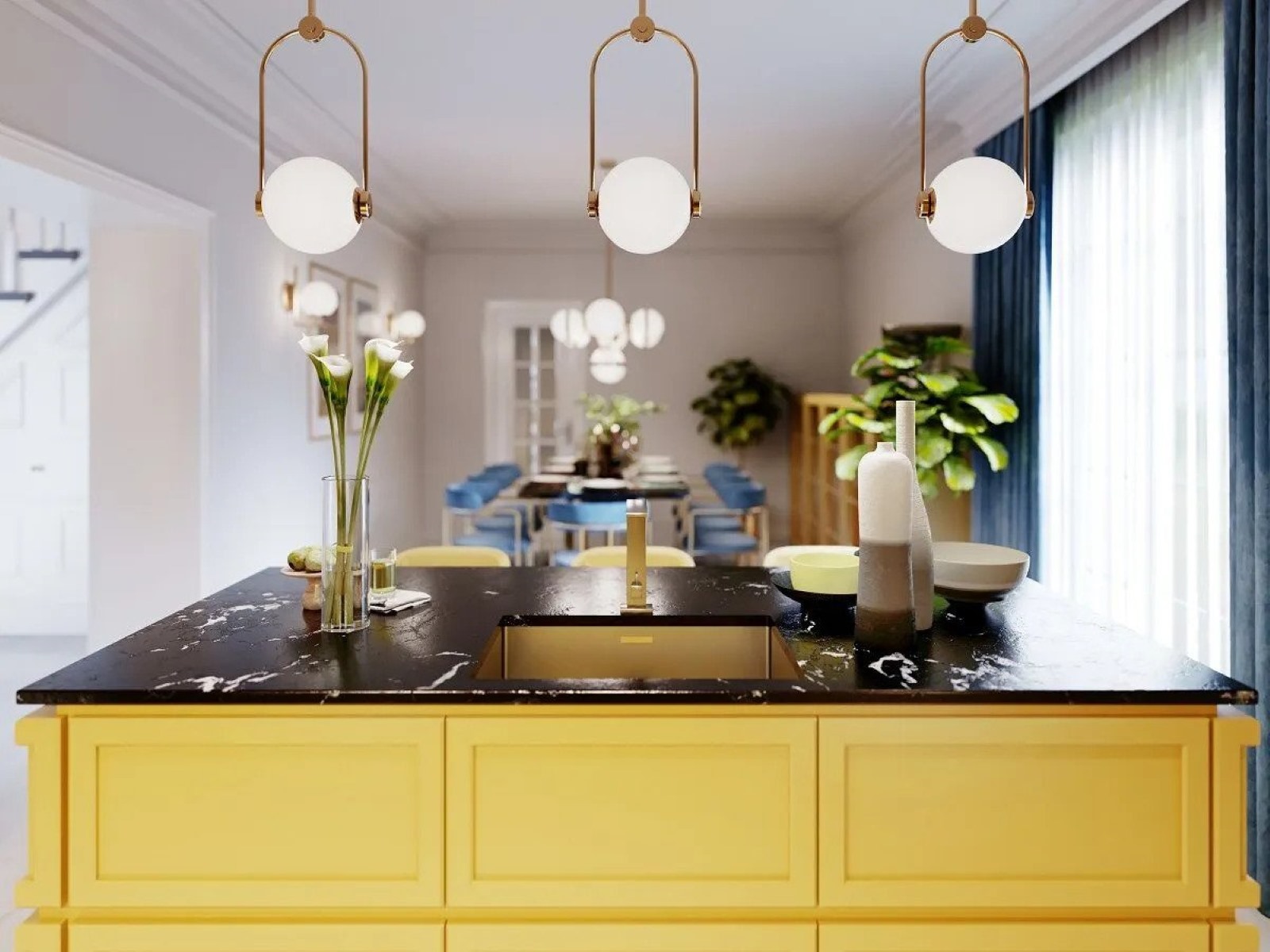
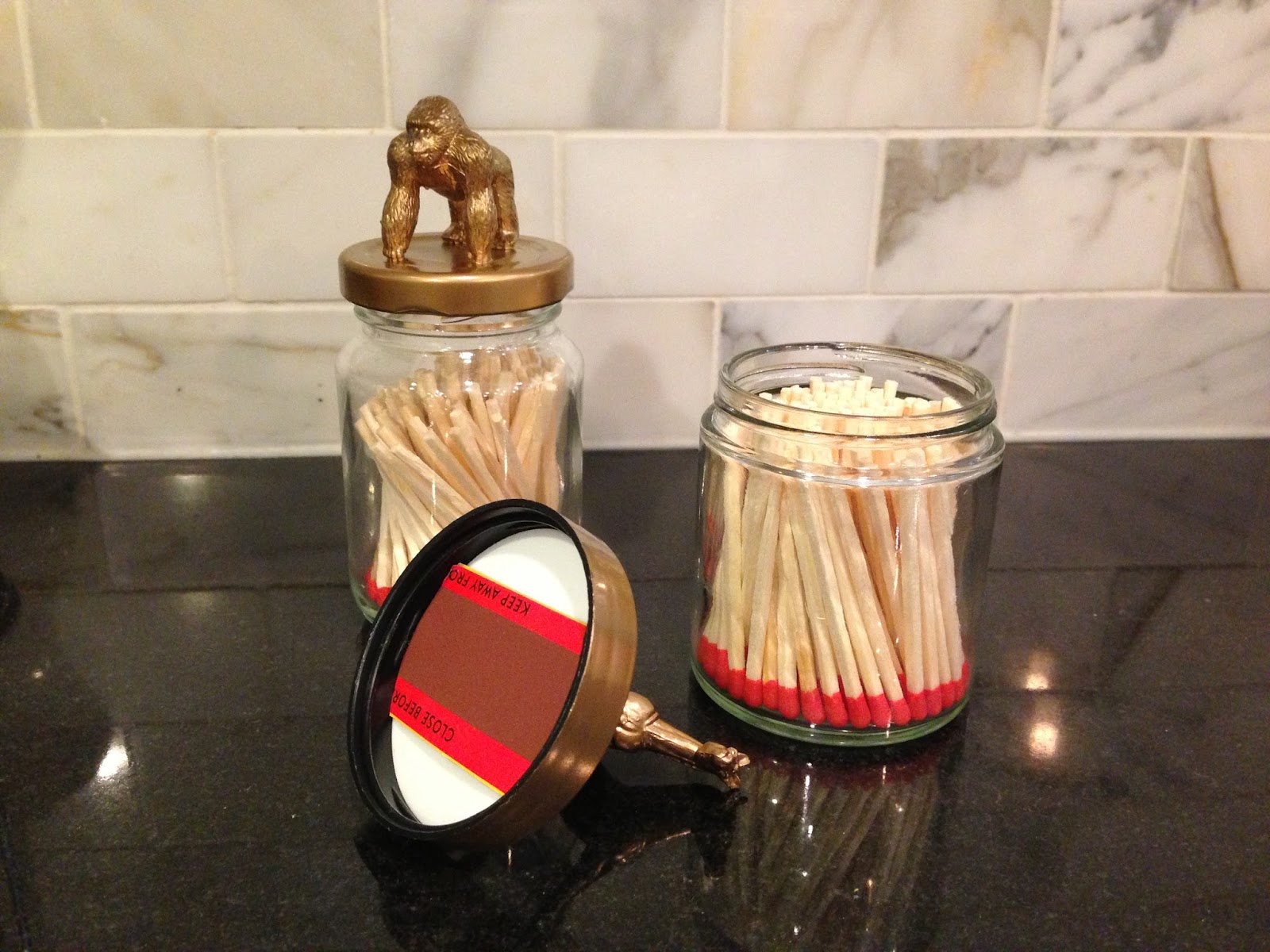
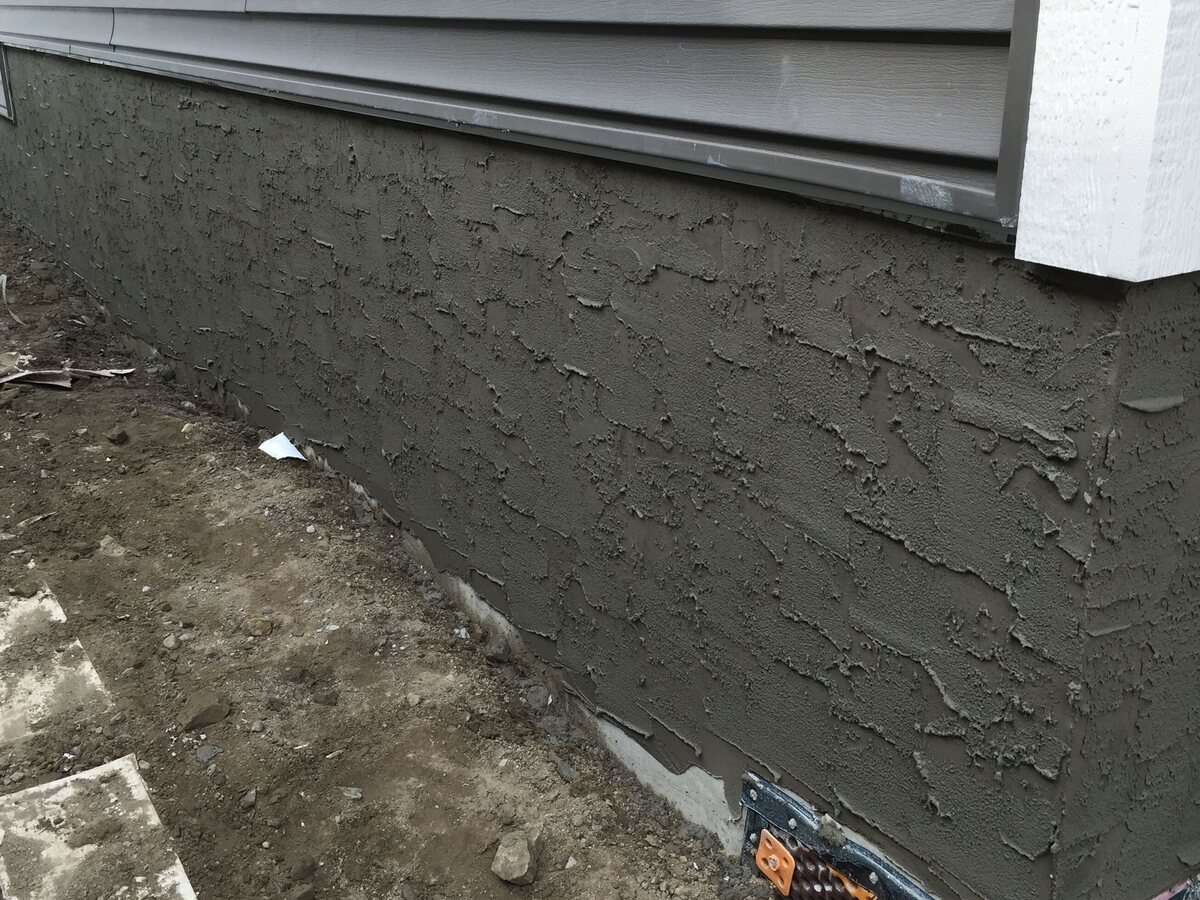
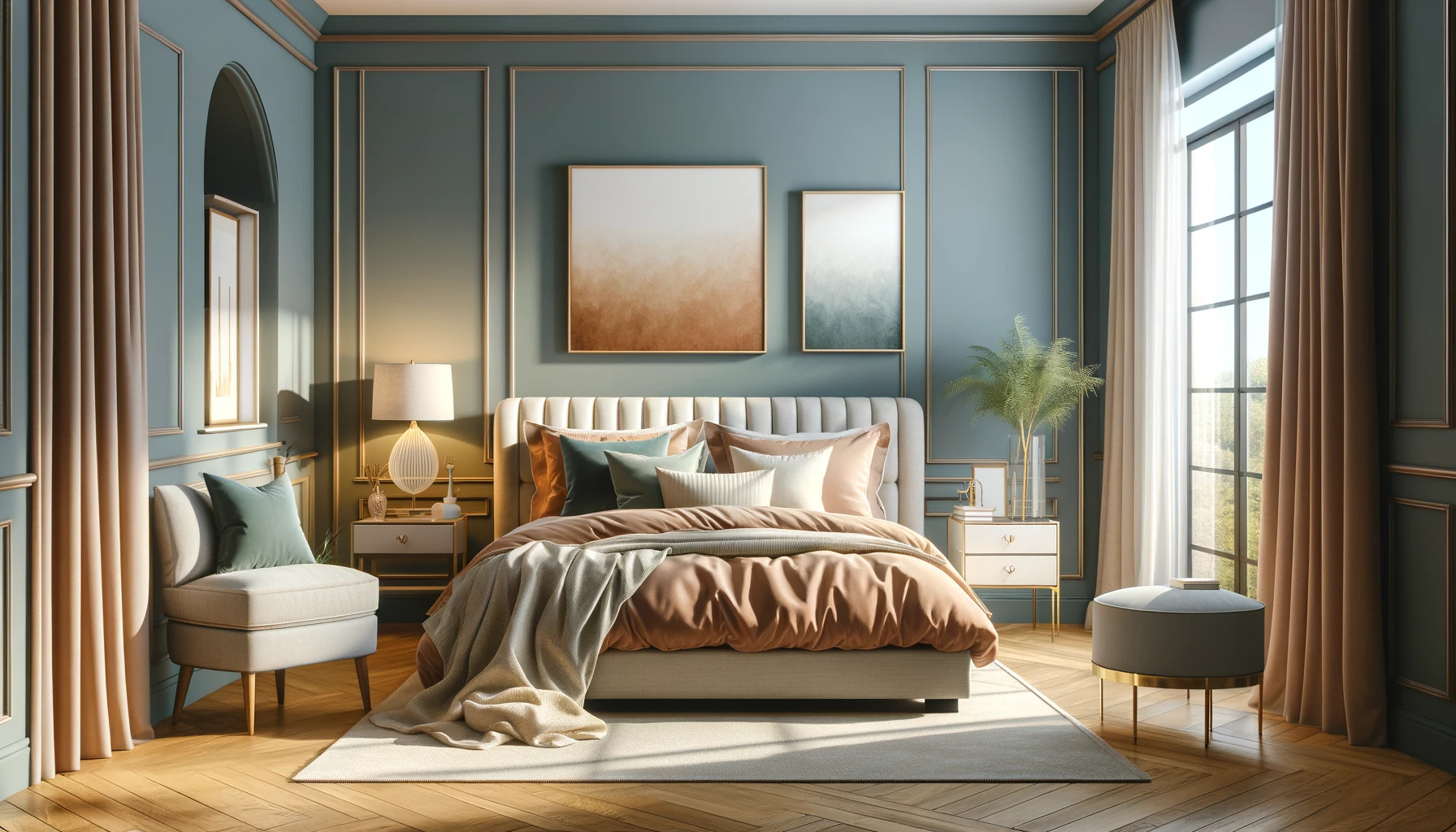
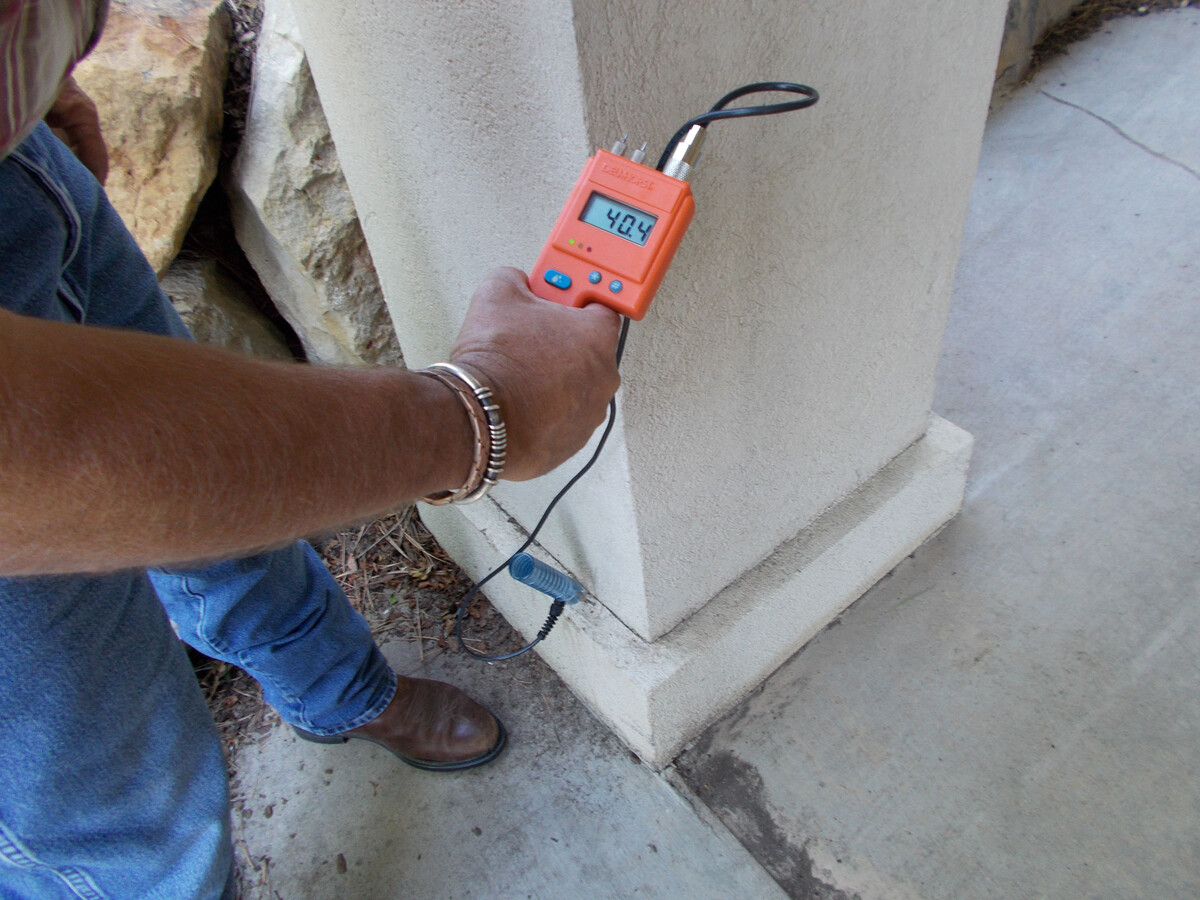
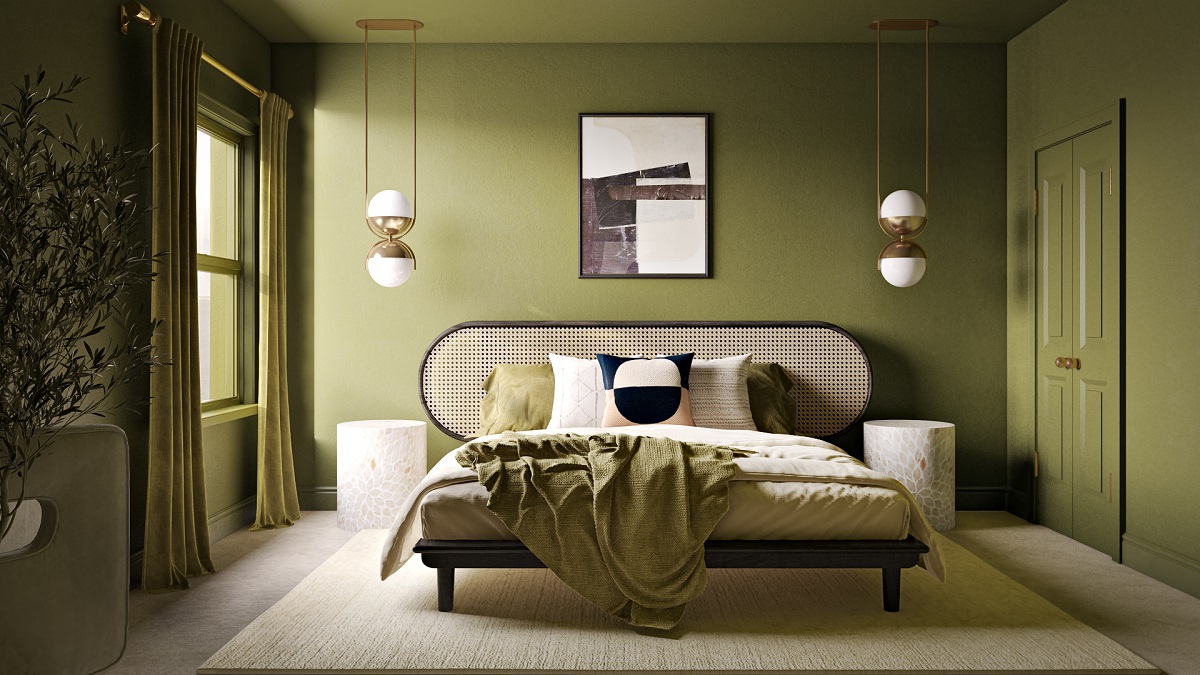
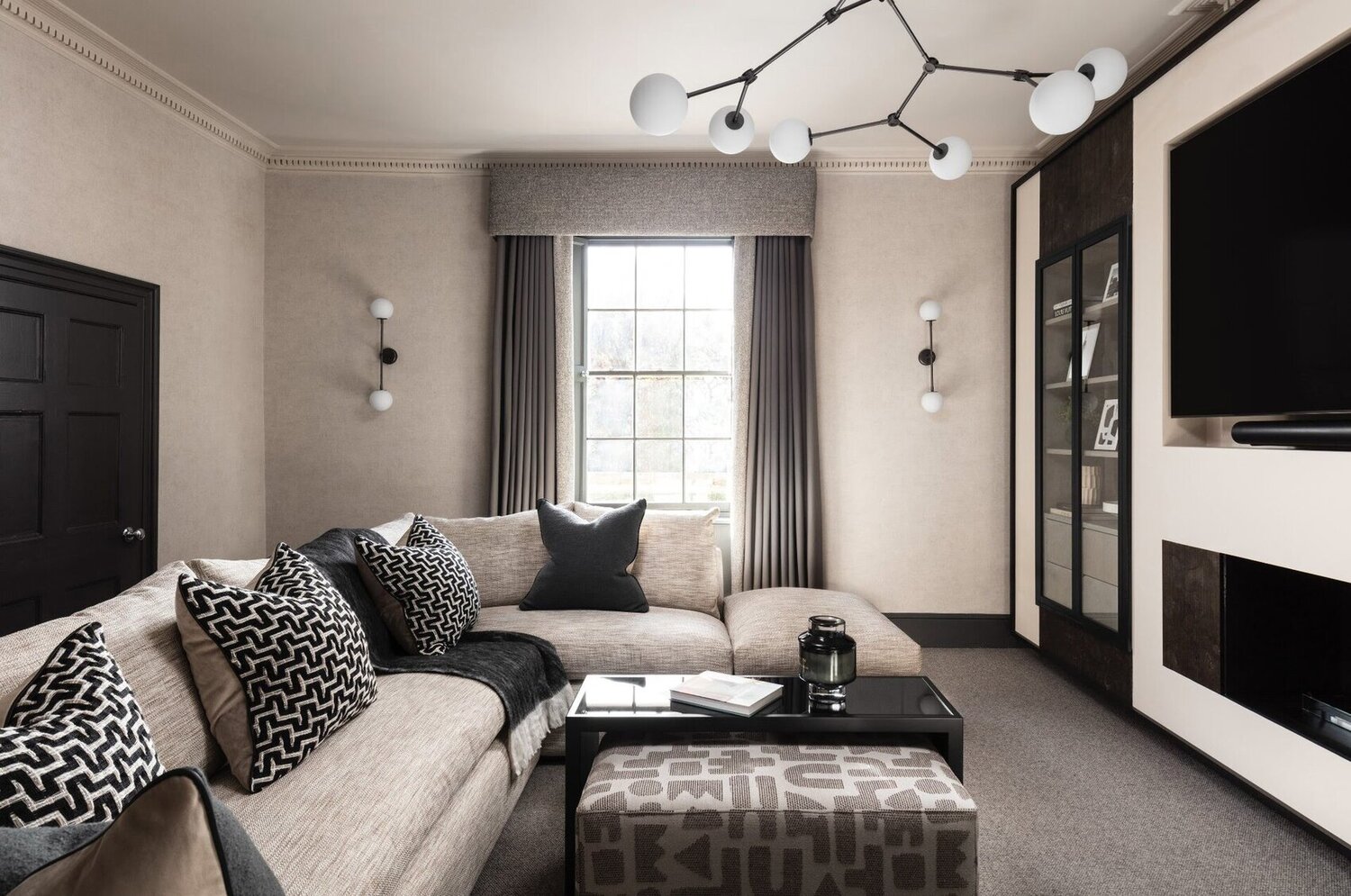
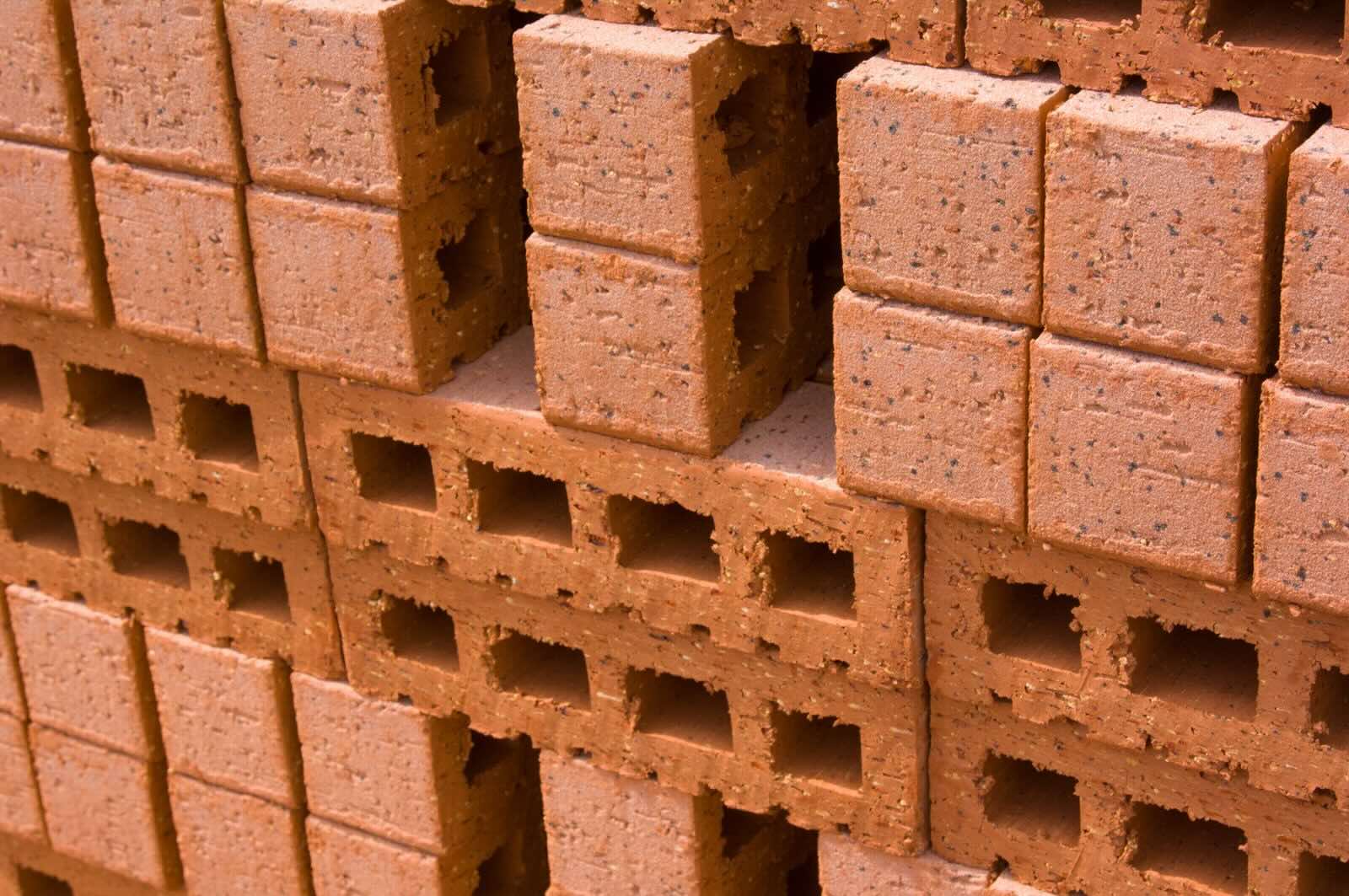
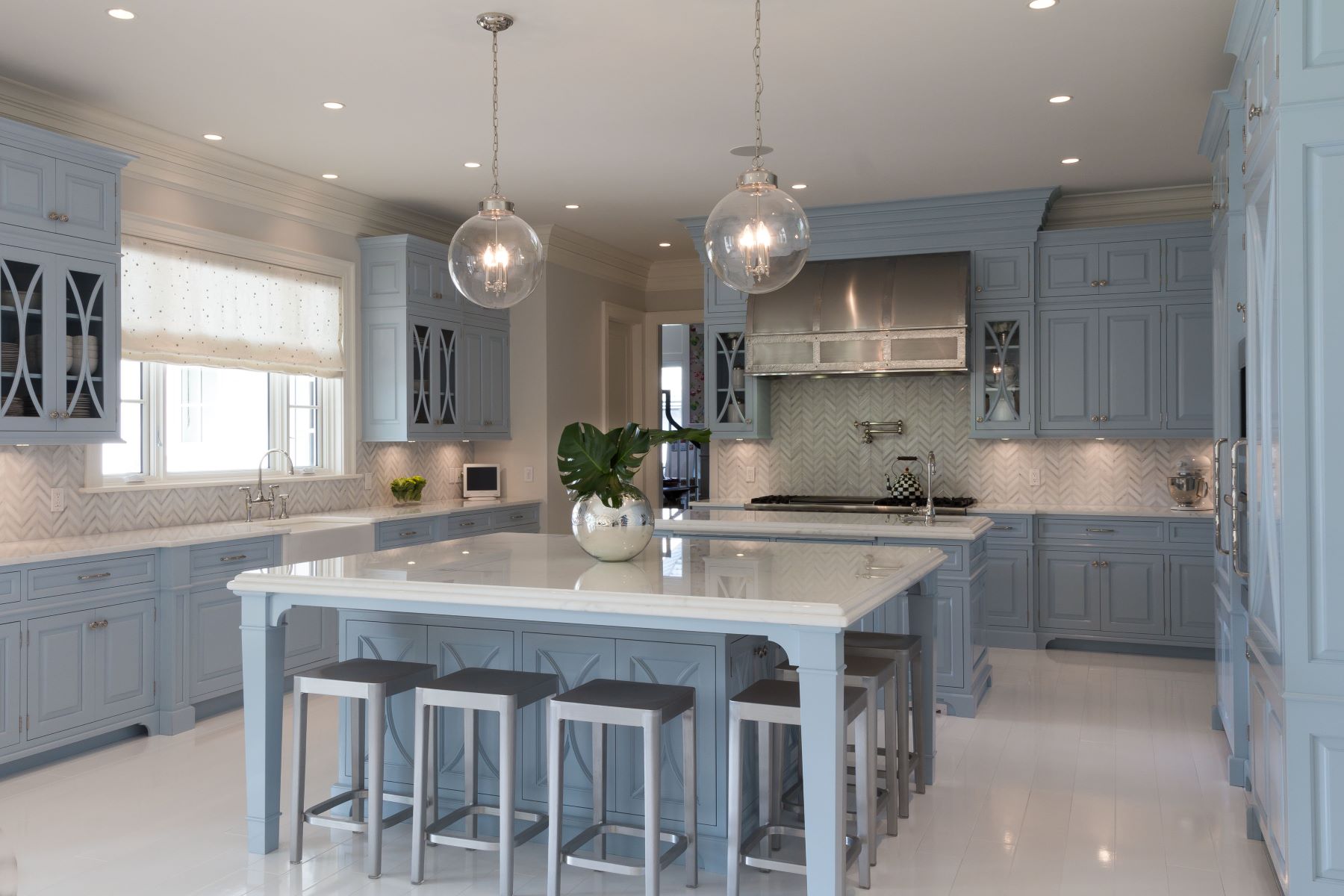
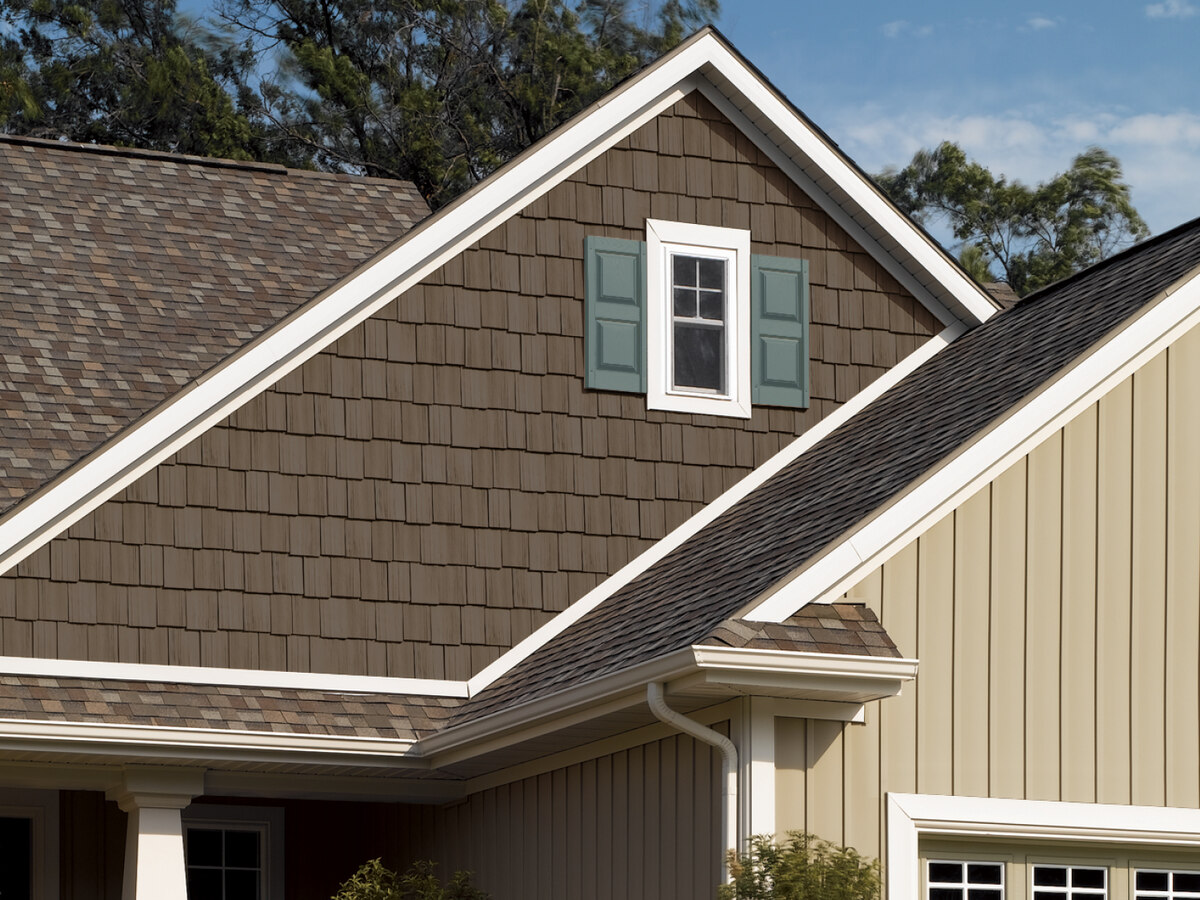

0 thoughts on “How To Match Stucco Color”